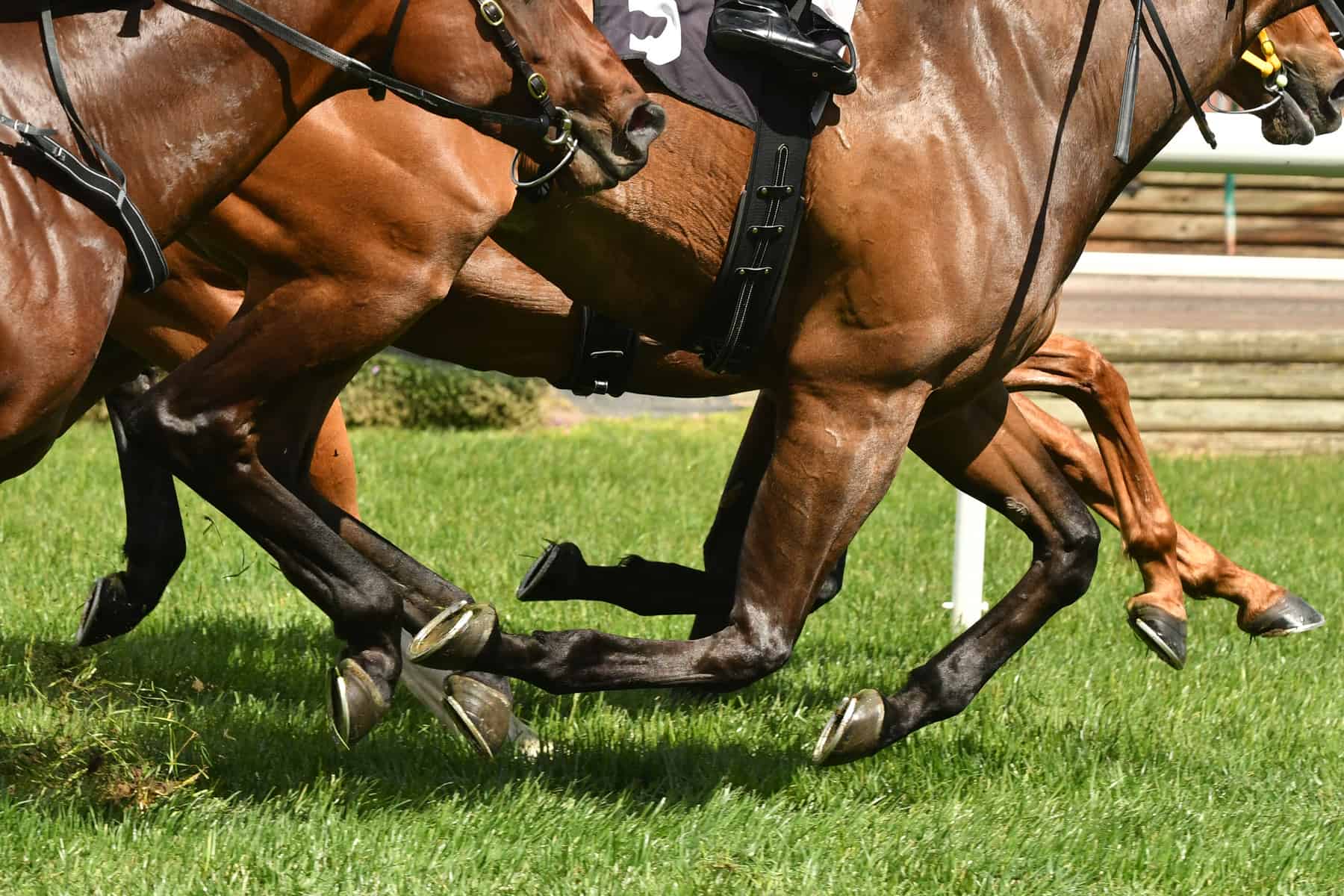A New Way to Detect Humeral Stress Fractures in Racehorses

Detecting stress fractures early in is an important part of preventing catastrophic outcomes in equine athletes. But it can be difficult to spot these tiny cracks, especially in a horse’s humerus—the bone between the shoulder and elbow joints—without access to nuclear scintigraphy (bone scan) equipment. But veterinarians recently described a way to do so with a more accessible and affordable approach: ultrasound.
“Humeral stress fractures are well-described in the racing population and can progress to catastrophic fracture if unrecognized,” said Betsy Vaughan, DVM, Dipl. ACVSMR, associate clinical professor of large animal ultrasound at the University of California, Davis, School of Veterinary Medicine.
Nuclear scintigraphy remains the gold standard for diagnosing humeral stress fractures, she said, but it can be expensive and is not available in all locations. Moreover, “radiography can be unreliable to detect stress fractures in the humerus, due to their upper limb location and the time required for sufficient bone remodeling to occur, such that such defects are visible radiographically,” she said
Create a free account with TheHorse.com to view this content.
TheHorse.com is home to thousands of free articles about horse health care. In order to access some of our exclusive free content, you must be signed into TheHorse.com.
Start your free account today!
Already have an account?
and continue reading.

Related Articles
Stay on top of the most recent Horse Health news with


















